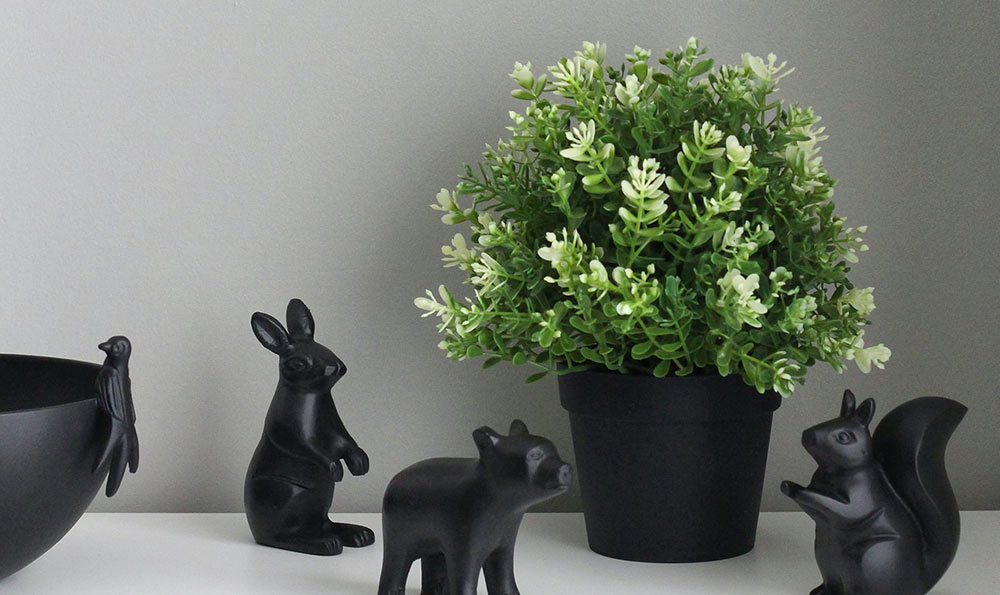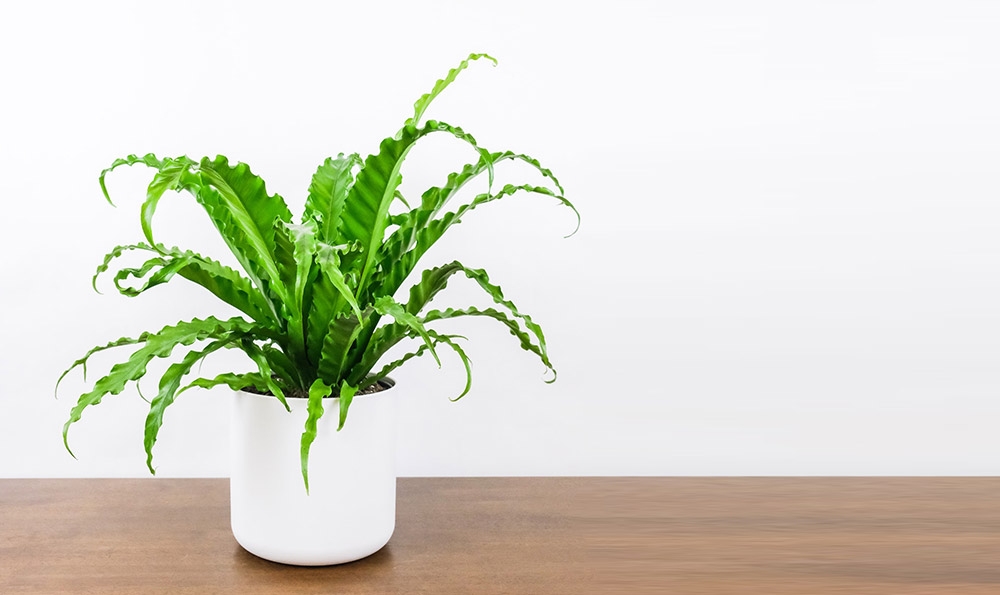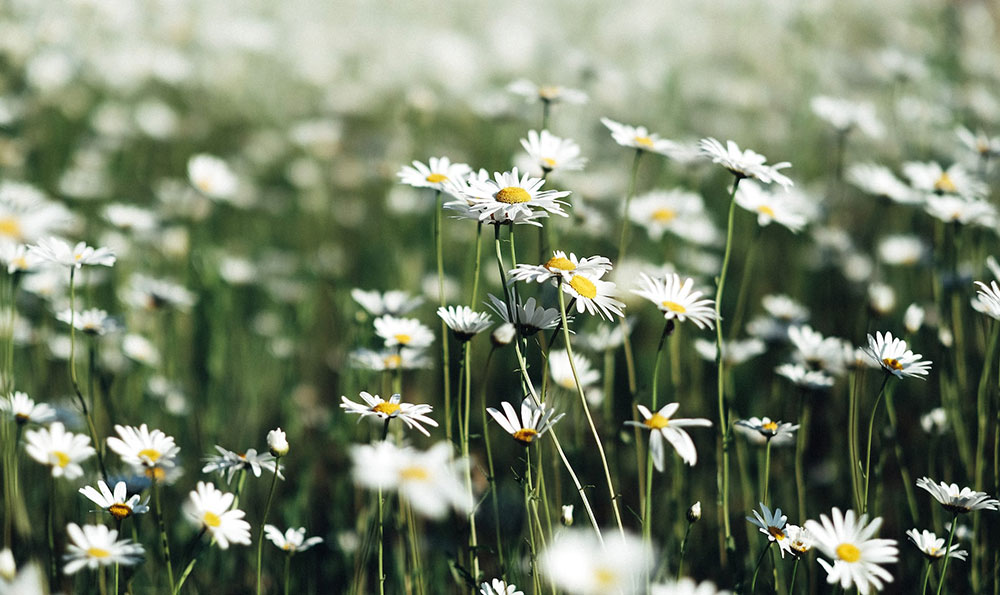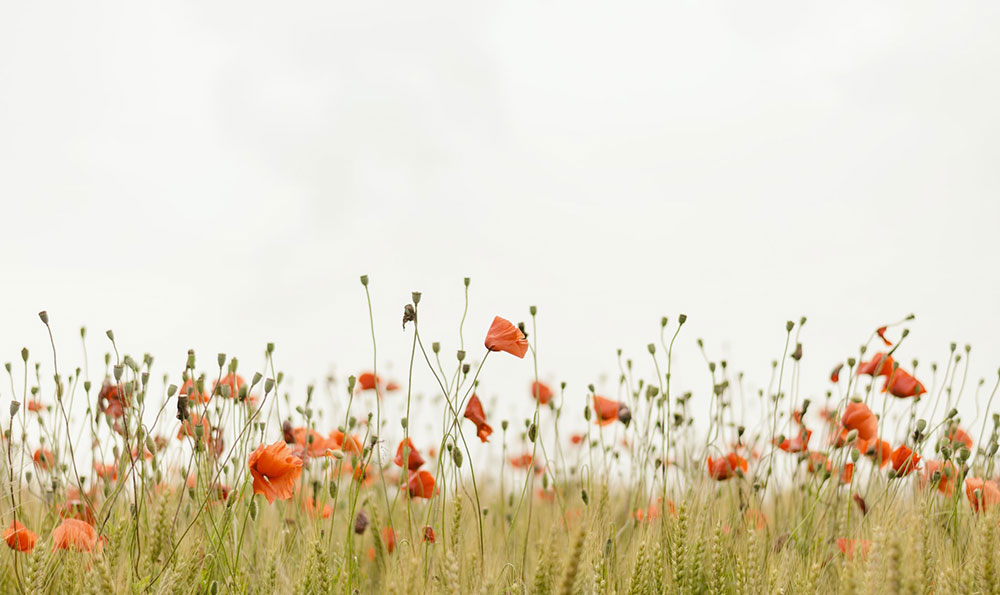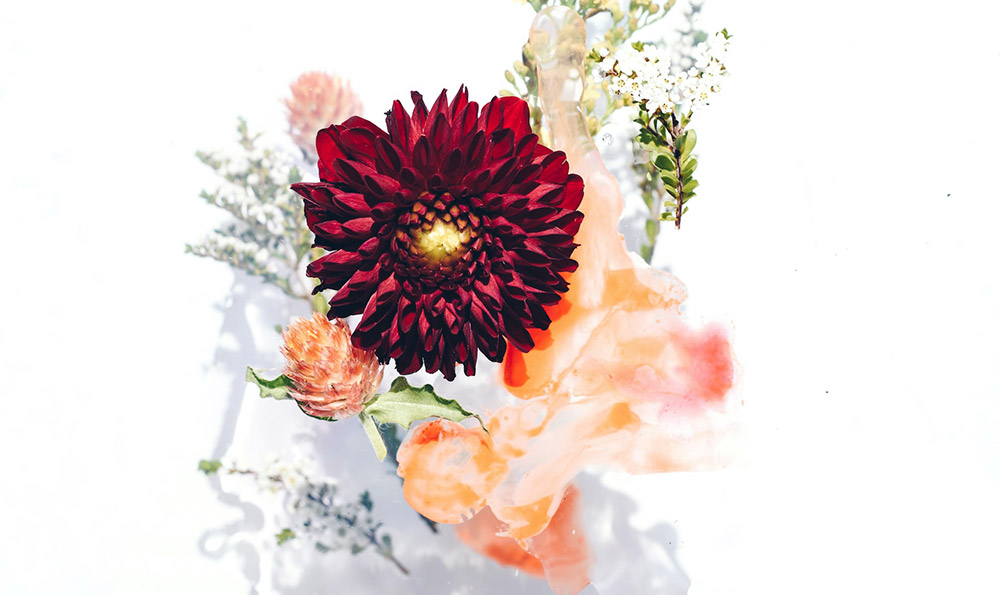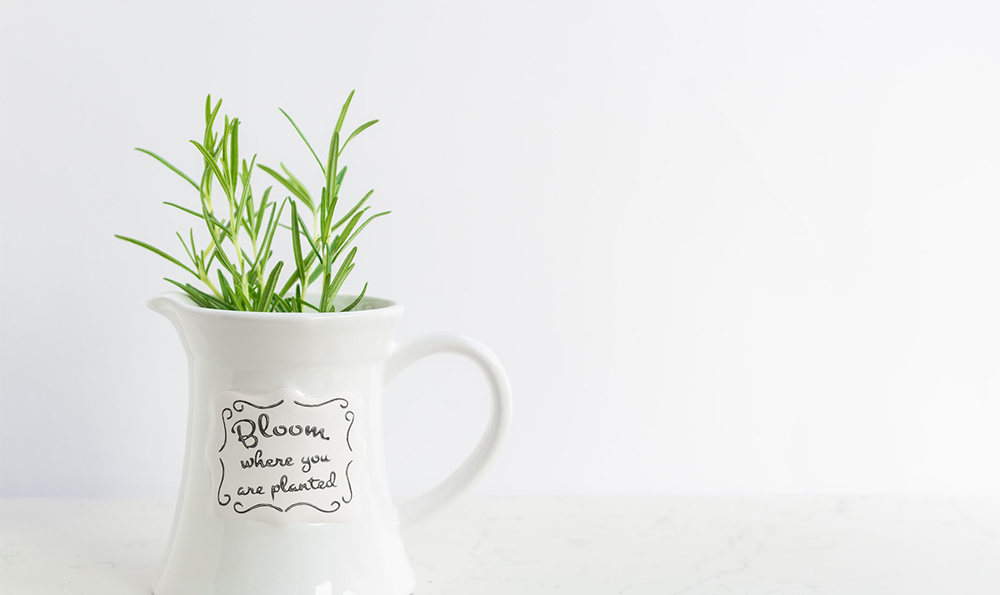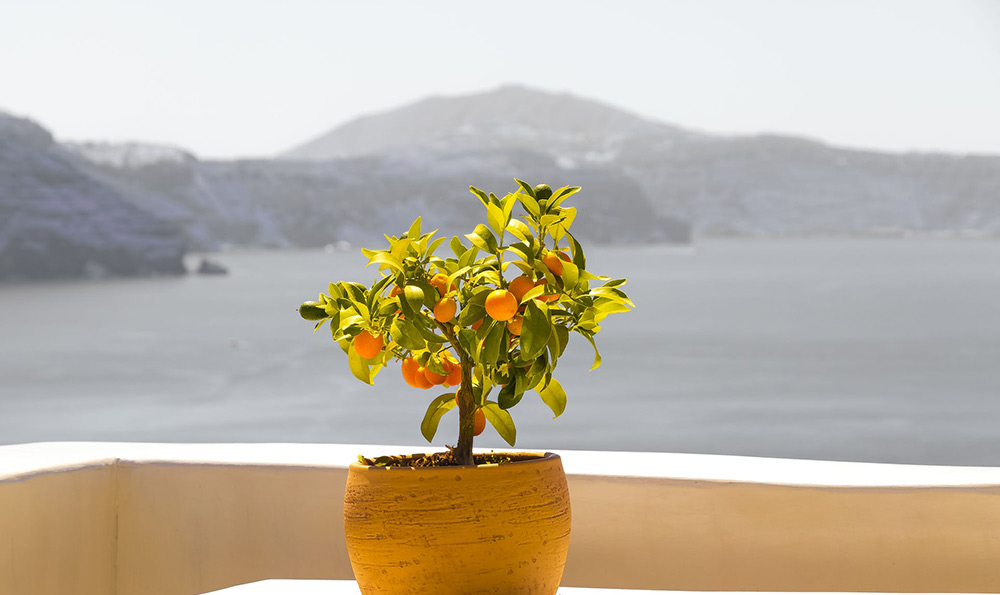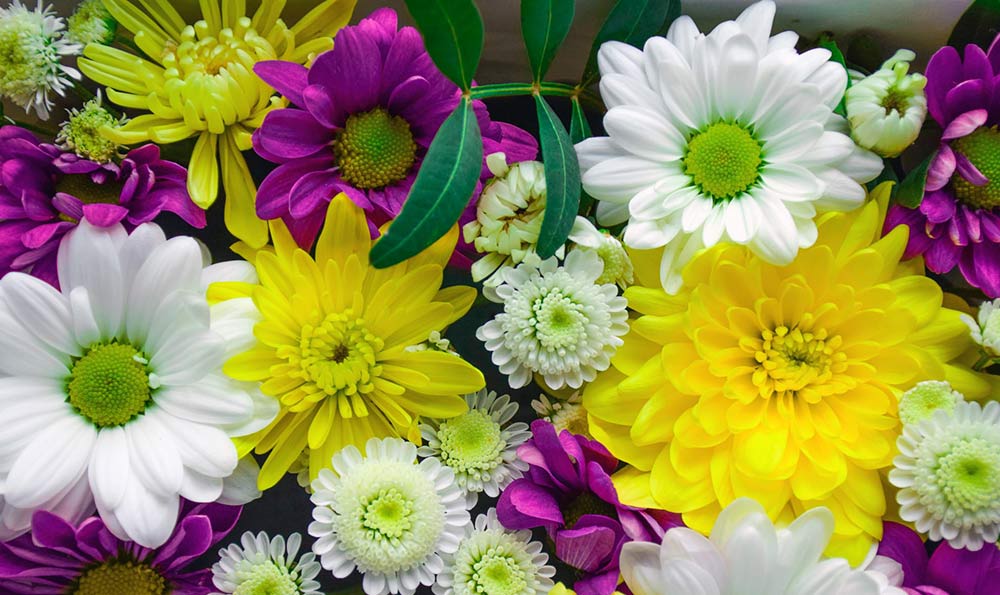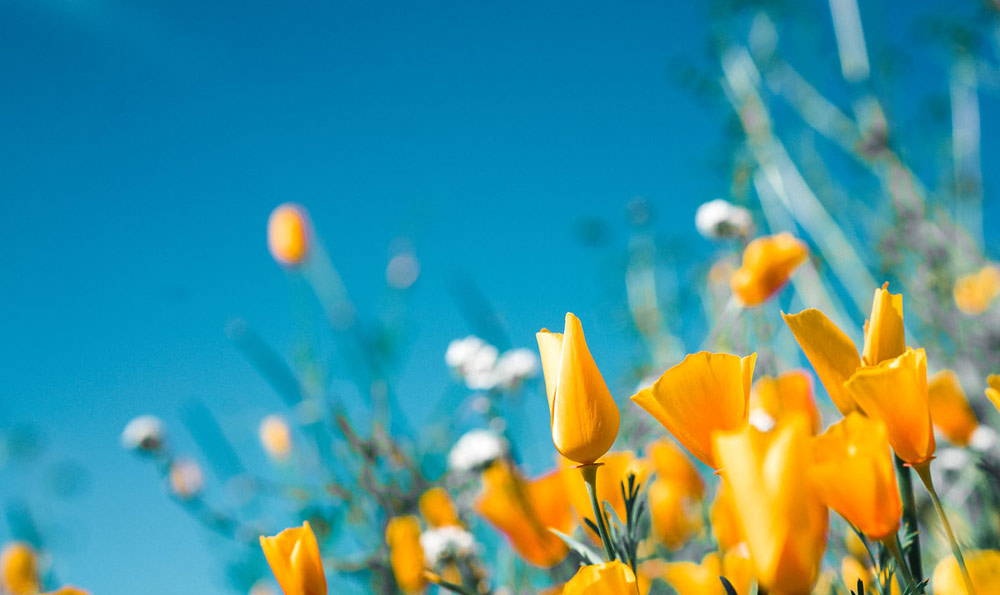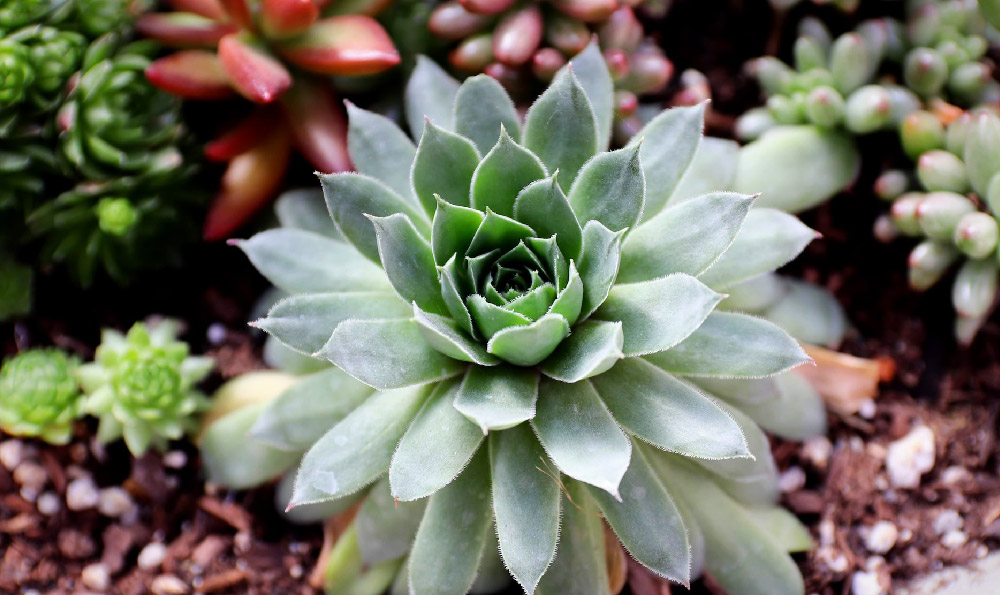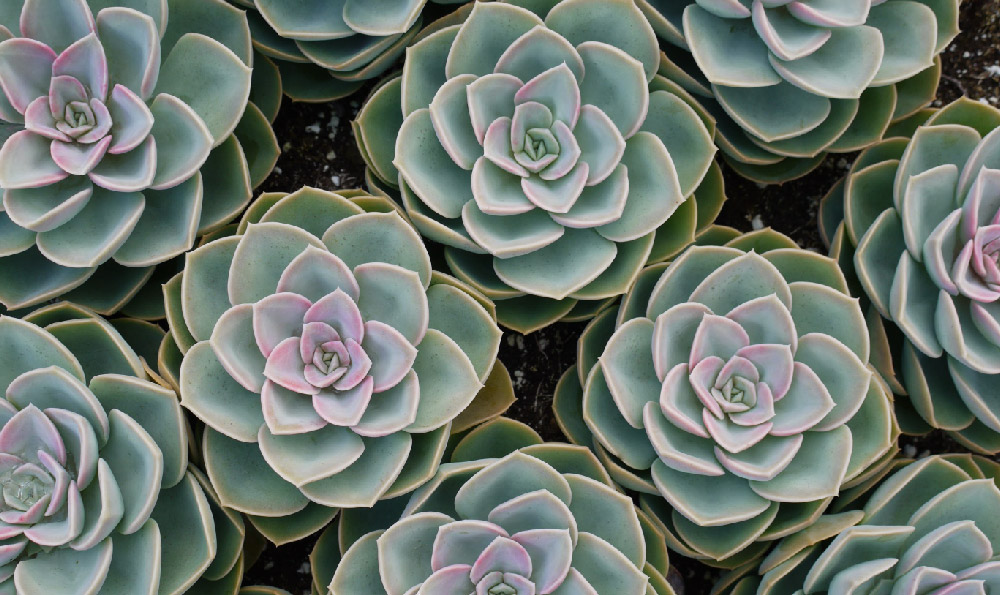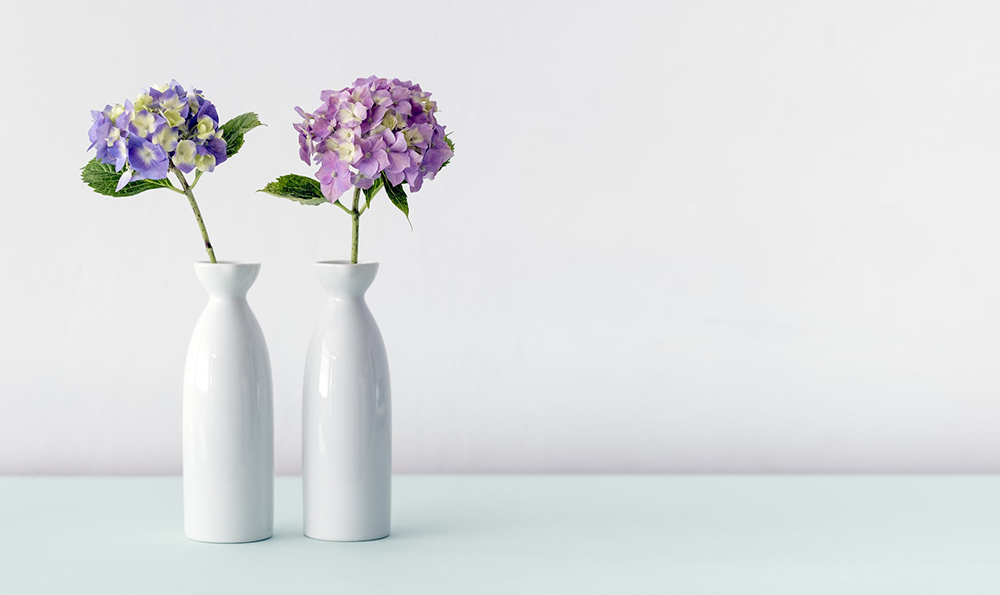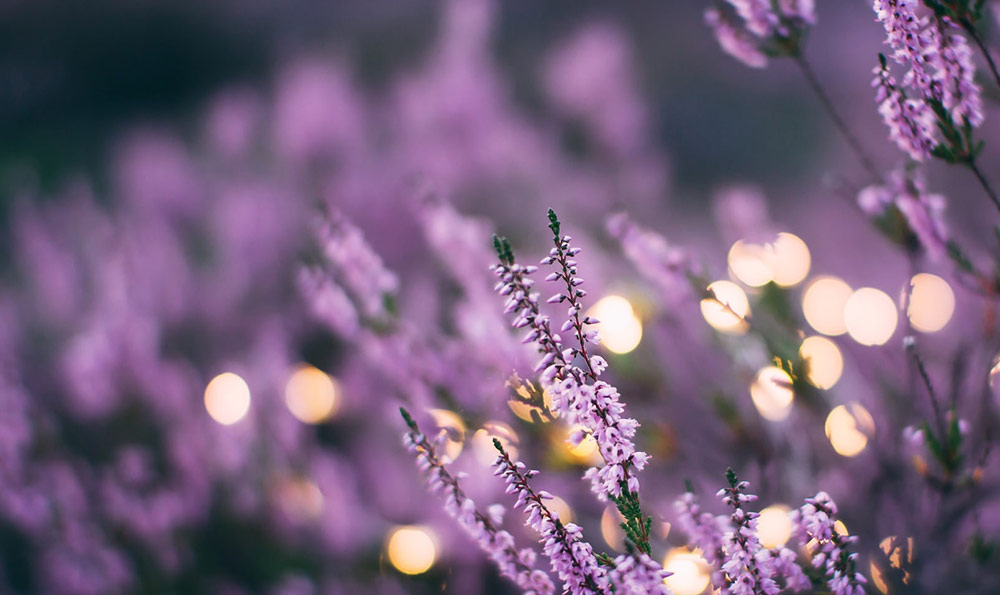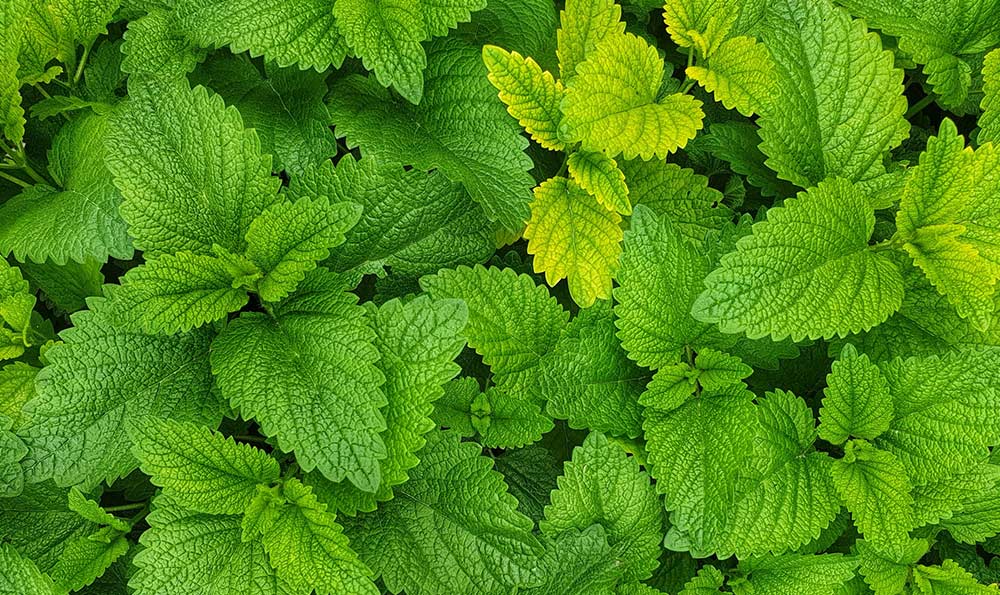
兰花是世界上备受喜爱的花卉之一,其中君子兰与蝴蝶兰可谓行业内的两大明星。它们以其美丽的花朵、独特的形态和丰富的花色受到广大花卉爱好者的追捧。本文将详细介绍君子兰与蝴蝶兰的相关知识,让读者更加了解这两种兰花的特点和种类。
正文
君子兰
君子兰,学名Phalaenopsis,属于兰科植物,原产地为亚洲热带地区。君子兰的叶片肉质厚实,花朵呈现出丰富多样的花色,如白色、粉色、黄色等。其花朵绽放时,散发出宜人的香气,因此也被誉为“花中贵妇”。
君子兰可分为多个种类,如斑叶君子兰、无根君子兰等。斑叶君子兰的叶片上有特殊的花纹,增添了植物的观赏性;无根君子兰则是不需要土壤生长的兰花,它们的根系直接吸收空气中的水分和养分。
蝴蝶兰
蝴蝶兰,学名Phalaenopsis,也属于兰科植物,原产地为亚洲热带地区。蝴蝶兰的花朵形态优美,宛如飞舞的蝴蝶,因此得名。“蝴蝶兰”也是君子兰的别称,但在业内,通常用“蝴蝶兰”来指代整个种类。
蝴蝶兰的花色非常丰富,有纯色、斑点花、斑块花等多种花型,不同的品种还具有不同的花期。蝴蝶兰的光合作用效率高,适应性强,是广大花卉爱好者常见的选择。
比较与举例
君子兰和蝴蝶兰在外观、生长环境和繁殖方式上有一些共同点,但也存在一些明显的差异。君子兰的花朵较大、形状较饱满,而蝴蝶兰则更注重花朵的姿态和优雅。君子兰喜欢日照充足的环境,而蝴蝶兰则更适应半阴半阳的生长环境。君子兰的繁殖方式多样,可以通过花粉传粉或嫁接等方式进行,而蝴蝶兰主要通过分株繁殖。
结尾
君子兰和蝴蝶兰是兰花界备受瞩目的两大明星。它们在花朵形态、生长环境和繁殖方式上有着一些相似之处,但也存在明显的差异。通过对君子兰和蝴蝶兰的介绍和比较,我们可以更好地理解和欣赏这两种兰花的独特之处。无论是作为观赏植物还是商业种植,君子兰和蝴蝶兰都具有广阔的发展前景。
Introduction
Orchids are one of the most beloved varieties of flowers in the world, with Phalaenopsis and Oncidium being two of the most renowned species in the industry. With their beautiful blooms, unique shapes, and a wide range of colors, Phalaenopsis and Oncidium have gained popularity among flower enthusiasts. This article aims to provide a detailed introduction to the knowledge of Phalaenopsis and Oncidium, allowing readers to better understand the characteristics and varieties of these two orchids.
Main Body
Phalaenopsis
Phalaenopsis, scientifically known as Phalaenopsis, belongs to the family Orchidaceae and is native to tropical regions in Asia. Phalaenopsis has fleshy leaves and displays a wide range of colors, including white, pink, and yellow. When in full bloom, the flowers emit a pleasant fragrance, earning Phalaenopsis the nickname \"the noble lady of flowers.\"
Phalaenopsis can be divided into various types, such as variegated-leaved Phalaenopsis and rootless Phalaenopsis. Variegated-leaved Phalaenopsis exhibits unique patterns on its leaves, enhancing the ornamental value of the plant. On the other hand, rootless Phalaenopsis does not require soil for growth, as its roots absorb moisture and nutrients directly from the air.
Oncidium
Oncidium, scientifically known as Oncidium, also belongs to the family Orchidaceae and is native to tropical regions in Asia. The flowers of Oncidium present an elegant and butterfly-like appearance, hence the name \"butterfly orchid.\" However, within the industry, \"butterfly orchid\" is commonly used to refer to the entire species of Phalaenopsis.
Oncidium exhibits a wide range of colors, including solid colors, spotted flowers, and blotched flowers. Different varieties also have different flowering periods. With high photosynthetic efficiency and strong adaptability, Oncidium is a popular choice among flower enthusiasts.
Comparison and Examples
Phalaenopsis and Oncidium share some similarities in terms of appearance, growing conditions, and propagation methods. Firstly, Phalaenopsis has larger and fuller flowers, while Oncidium focuses more on the posture and elegance of its blooms. Secondly, Phalaenopsis prefers ample sunlight, while Oncidium thrives in semi-shaded environments. Finally, Phalaenopsis can be propagated through methods such as pollination and grafting, while Oncidium mainly reproduces through division.
Conclusion
In conclusion, Phalaenopsis and Oncidium are two prominent stars in the world of orchids. While they share some similarities in terms of flower morphology, growing conditions, and propagation methods, there are also notable differences between them. Through the introduction and comparison of Phalaenopsis and Oncidium, we can gain a better understanding and appreciation of the unique characteristics of these two orchids. Whether as ornamental plants or for commercial cultivation, Phalaenopsis and Oncidium have promising prospects for development.
Introduction
Orchids are one of the most beloved varieties of flowers in the world, with Phalaenopsis and Oncidium being two of the most renowned species in the industry. With their beautiful blooms, unique shapes, and a wide range of colors, Phalaenopsis and Oncidium have gained popularity among flower enthusiasts. This article aims to provide a detailed introduction to the knowledge of Phalaenopsis and Oncidium, allowing readers to better understand the characteristics and varieties of these two orchids.
Main Body
Phalaenopsis
Phalaenopsis, scientifically known as Phalaenopsis, belongs to the family Orchidaceae and is native to tropical regions in Asia. Phalaenopsis has fleshy leaves and displays a wide range of colors, including white, pink, and yellow. When in full bloom, the flowers emit a pleasant fragrance, earning Phalaenopsis the nickname \"the noble lady of flowers.\"
Phalaenopsis can be divided into various types, such as variegated-leaved Phalaenopsis and rootless Phalaenopsis. Variegated-leaved Phalaenopsis exhibits unique patterns on its leaves, enhancing the ornamental value of the plant. On the other hand, rootless Phalaenopsis does not require soil for growth, as its roots absorb moisture and nutrients directly from the air.
Oncidium
Oncidium, scientifically known as Oncidium, also belongs to the family Orchidaceae and is native to tropical regions in Asia. The flowers of Oncidium present an elegant and butterfly-like appearance, hence the name \"butterfly orchid.\" However, within the industry, \"butterfly orchid\" is commonly used to refer to the entire species of Phalaenopsis.
Oncidium exhibits a wide range of colors, including solid colors, spotted flowers, and blotched flowers. Different varieties also have different flowering periods. With high photosynthetic efficiency and strong adaptability, Oncidium is a popular choice among flower enthusiasts.
Comparison and Examples
Phalaenopsis and Oncidium share some similarities in terms of appearance, growing conditions, and propagation methods. Firstly, Phalaenopsis has larger and fuller flowers, while Oncidium focuses more on the posture and elegance of its blooms. Secondly, Phalaenopsis prefers ample sunlight, while Oncidium thrives in semi-shaded environments. Finally, Phalaenopsis can be propagated through methods such as pollination and grafting, while Oncidium mainly reproduces through division.
Conclusion
In conclusion, Phalaenopsis and Oncidium are two prominent stars in the world of orchids. While they share some similarities in terms of flower morphology, growing conditions, and propagation methods, there are also notable differences between them. Through the introduction and comparison of Phalaenopsis and Oncidium, we can gain a better understanding and appreciation of the unique characteristics of these two orchids. Whether as ornamental plants or for commercial cultivation, Phalaenopsis and Oncidium have promising prospects for development.
君子兰与蝴蝶兰的区别
君子兰和蝴蝶兰是两种常见的室内植物,它们在外观、生长环境和养护方面有许多不同之处。本文将客观、清晰、简洁地介绍君子兰与蝴蝶兰的区别。
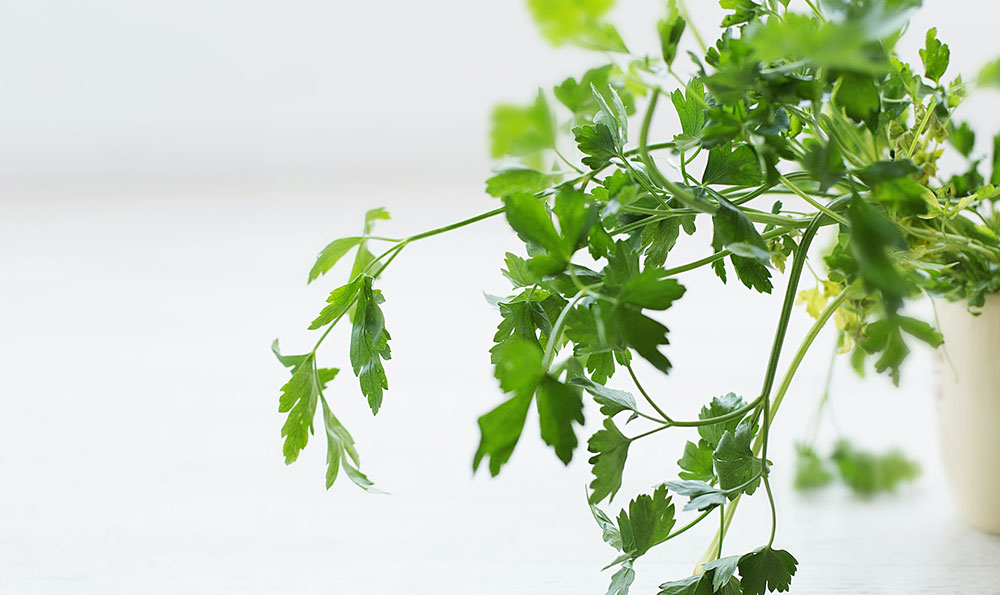
一、外观特征
君子兰的叶片宽大而肥厚,呈深绿色。叶子形状为长条状,叶缘有锯齿状突起。君子兰的花朵呈漏斗状,花色多样,包括红色、粉色、白色等。花朵开放后,会散发出浓郁的香气。
蝴蝶兰的叶片相对较窄且较长,呈深绿色。叶子形状为舌状,叶缘整齐。蝴蝶兰的花朵呈平展状,有着独特的形状和颜色,如白色、粉色、紫色等。花朵开放时,会散发出一种淡淡的芳香。
二、生长环境
君子兰是热带植物,对温度和湿度要求较高。它适合生长在室内温暖潮湿的环境中,喜欢光照充足但避免直射阳光。君子兰对土壤要求不严,只需保持湿润即可。
蝴蝶兰是兰科植物,喜欢温暖湿润的气候。它适合生长在室内的明亮环境中,并需要适量的光照。蝴蝶兰对土壤要求比较高,通常需要使用特殊的兰花土进行栽培,并保持适度的湿润。
三、养护技巧
君子兰的养护相对较简单。它对水分需求较高,但要避免过度浇水。常规浇水和定期喷水可以保持君子兰的湿润度。君子兰喜欢高湿度环境,可以将其放在浴室等湿润的地方。
蝴蝶兰的养护稍微复杂一些。它对水分需求适中,不宜过度浇水,但也不能让土壤过于干燥。蝴蝶兰的根系较为敏感,因此要注意避免浸泡根部。光照对蝴蝶兰尤为重要,应选择适当的光照环境来促进其生长。
四、注意事项
在养殖君子兰和蝴蝶兰时,需要注意以下几点。要避免过度施肥,以免对植物造成伤害。定期检查植株是否有病虫害,并采取相应措施进行防治。要定期修剪植株,促进其分枝和新芽的生长。
君子兰和蝴蝶兰在外观、生长环境和养护方面存在一些区别。本文客观地介绍了君子兰与蝴蝶兰的特点,希望对读者了解这两种植物有所帮助。养护植物需要耐心和细致,只有正确照顾它们才能让它们长时间健康茁壮地生长。
君子兰与蝴蝶兰哪个好养
君子兰和蝴蝶兰是两种非常受欢迎的室内花卉,它们都有独特的美丽和各自的特点。到底哪个更适合养殖呢?接下来我们将从几个方面来进行比较。
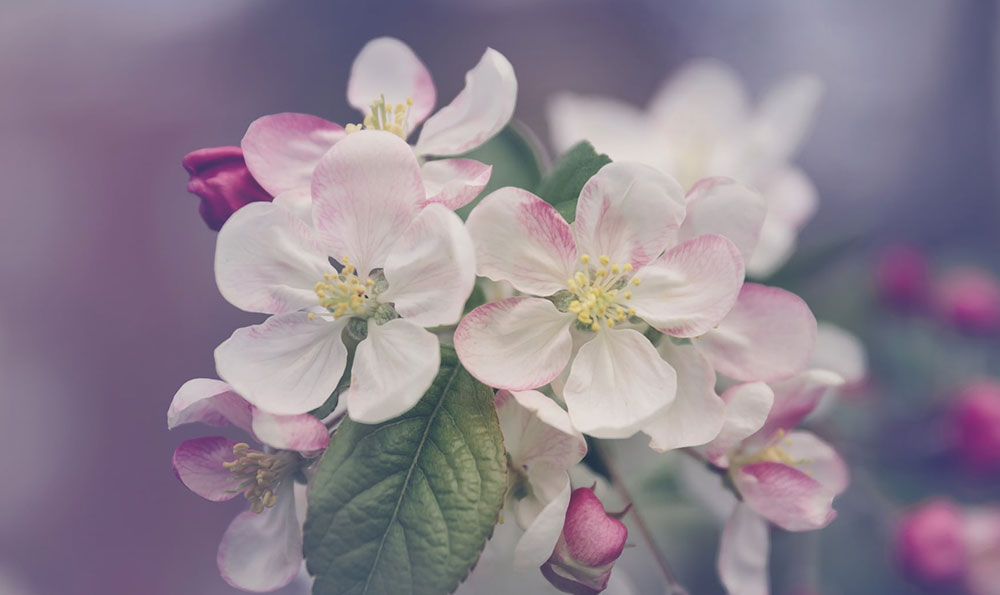
让我们看看它们的外观。君子兰通常有宽大的叶子和鲜艳的花朵,花朵的颜色多样,包括红、粉、紫等。蝴蝶兰则以其特殊的花型和花色而闻名,花朵形状独特,颜色鲜艳,一般有白、黄、粉等多种选择。无论是君子兰还是蝴蝶兰,它们都能为室内环境增添一份生机和美丽。
我们来看看它们的养殖难度。君子兰是比较容易养活的室内花卉之一,它们对光照和温度要求不高,只需要适当的浇水和施肥即可。而蝴蝶兰则需要更多的关注和细致的护理,它们对光照、温度和湿度有较高的要求,需要定期进行施肥和修剪。对于没有养植经验或时间精力较少的人来说,君子兰可能是更好的选择。
让我们来看看它们的适应性和耐受性。君子兰在适应环境和抵抗病虫害方面表现较好,在一定程度上可以适应室内不同的温度和湿度变化。蝴蝶兰则需要相对稳定的温度和湿度环境,稍有不慎就容易发生病虫害。在室内环境条件较为恶劣或不稳定的情况下,君子兰可能更适合养殖。
我们还要考虑它们的花期和观赏价值。君子兰花期较短,一般只有几周时间,而蝴蝶兰的花期相对较长,通常能开花几个月甚至更久。蝴蝶兰的花朵形态独特,被誉为“舞动的花”,观赏价值较高。如果你更注重植物的长时间观赏价值,蝴蝶兰可能更适合你。
君子兰和蝴蝶兰都是很好养的室内花卉,选择哪种更适合你,要根据自己的养殖经验、时间能力和兴趣爱好来考虑。君子兰养殖简单,适应性强,对于新手来说更容易成功;而蝴蝶兰则需要较多的关注和护理,但花期较长,观赏价值更高。希望通过以上的比较,能够帮助你做出好的选择。

